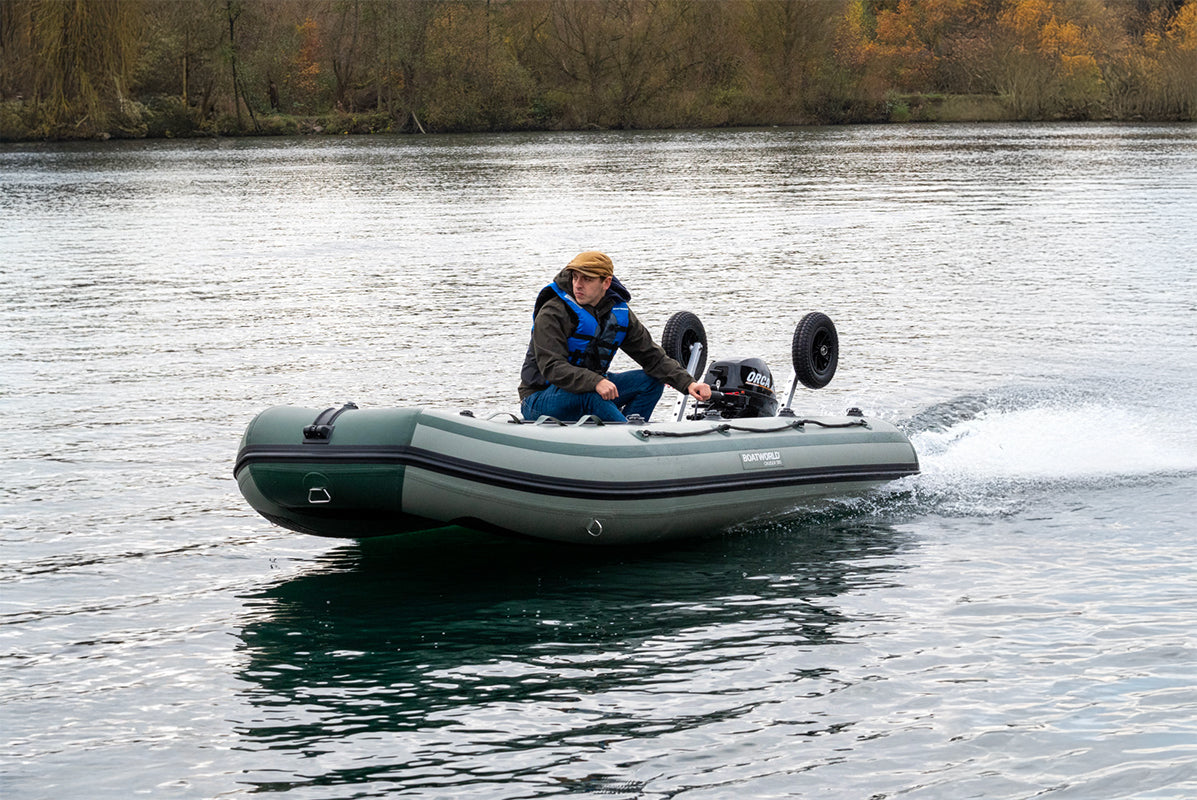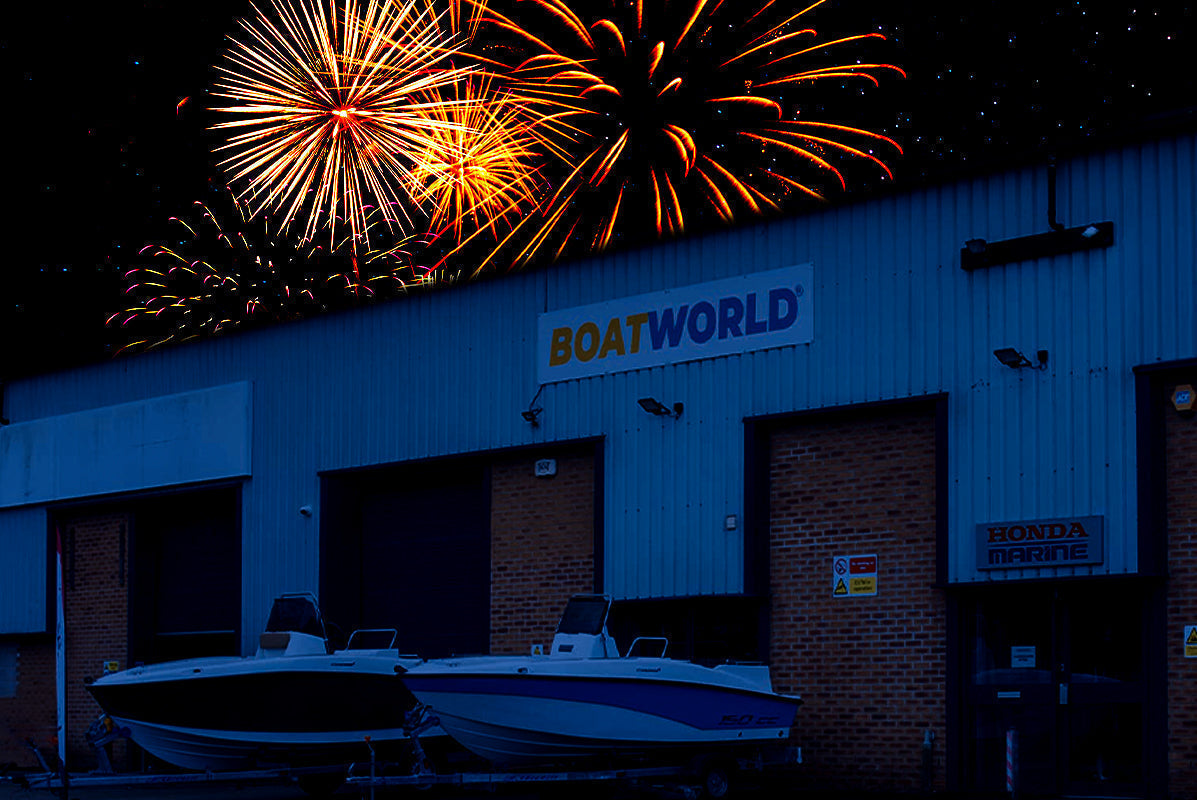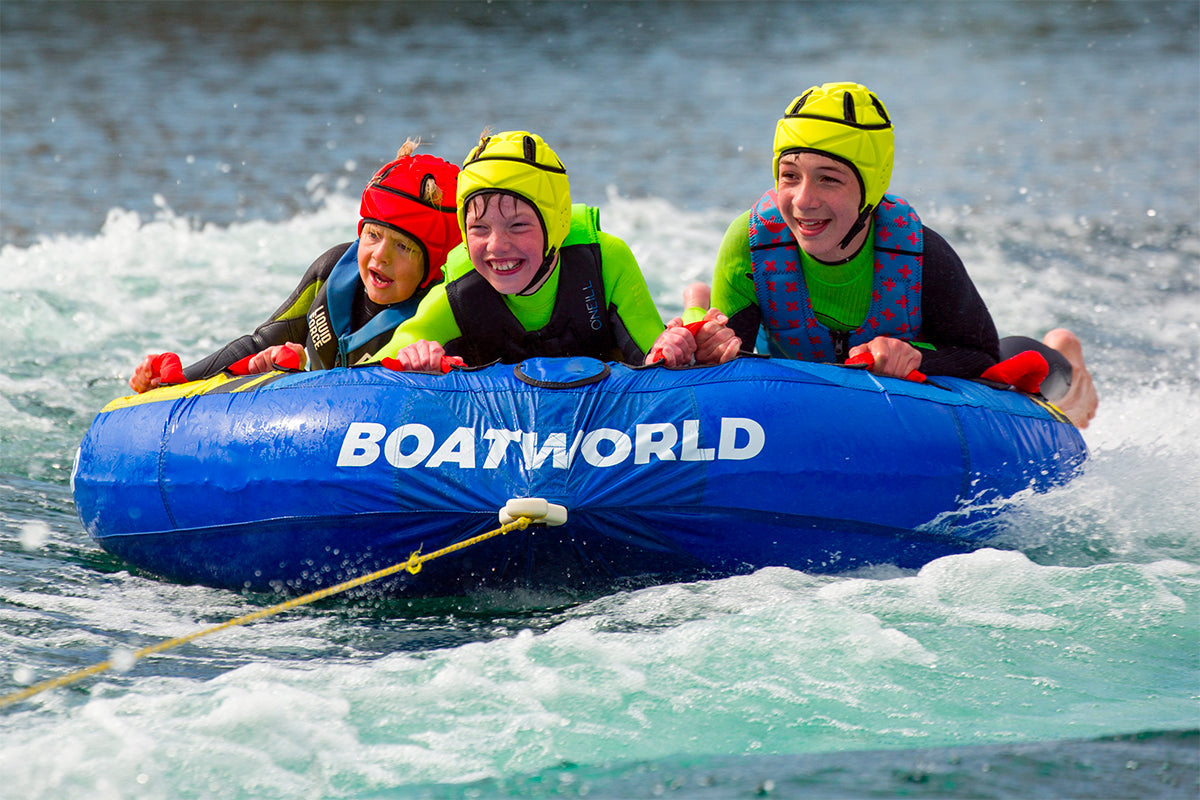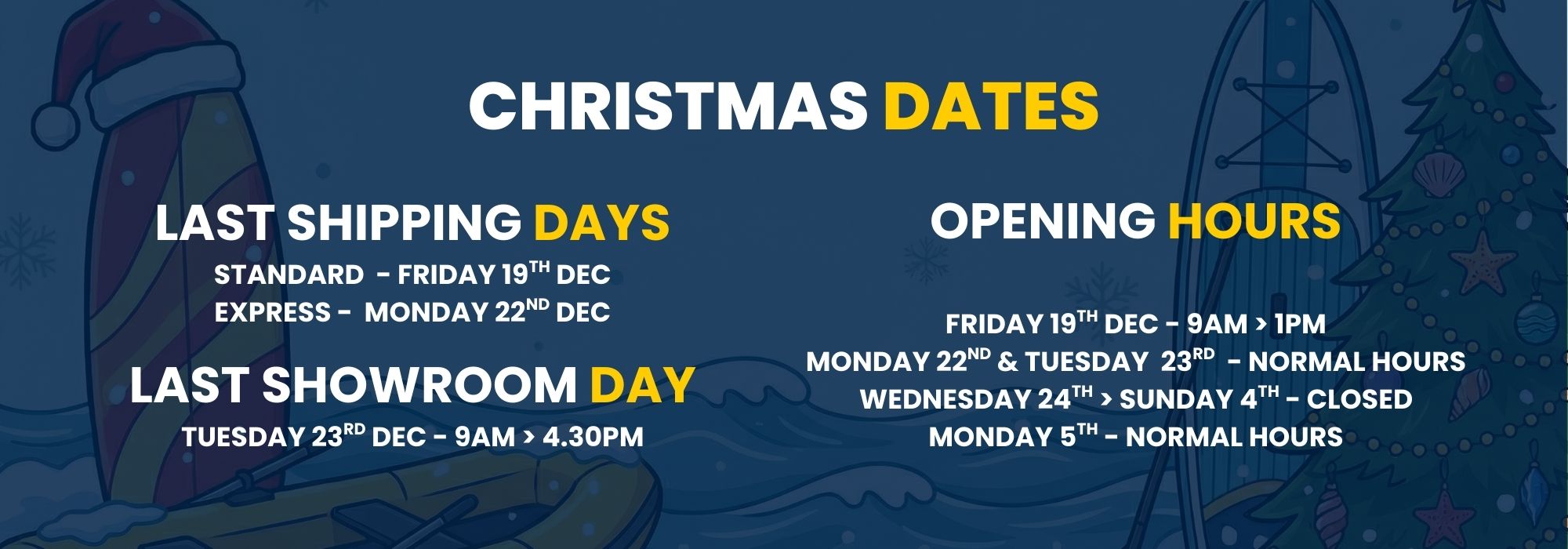When it comes to inflatable boats, the hull design plays a crucial role in determining how your boat performs in different water conditions.
The right hull shape can influence everything from speed and stability to comfort and fuel efficiency. Understanding the characteristics of each type of hull design will help you make the best choice for your specific needs. In this newsletter, we’ll take a closer look at the four main types of hull designs: Flat, V, Narrow V and Catamaran, highlighting their advantages and limitations.

The flat hull design is a popular choice for those seeking simplicity and stability in calm water conditions and is popular with first-time boaters. These hulls are ideal for activities like fishing or leisurely trips on lakes and rivers. One of the standout benefits of flat hulls is their excellent stability, providing a steady surface that’s perfect for anglers or those who enjoy relaxing on the water. Additionally, their shallow draft allows them to navigate areas with minimal water depth, making them suitable for exploring shallow creeks and beaches.
However, flat hulls are not without their drawbacks. They tend to perform poorly in rough or choppy waters, where their lack of wave-cutting ability can lead to a bumpy ride. Moreover, their design is not conducive to high-speed travel, making them less suitable for those who prioritise performance and agility. Despite these limitations, flat hulls are lightweight and easy to transport, making them a practical option for casual boaters.
Best For: Flat hulls are an excellent choice for fishing, calm water leisure activities, and situations where portability and simplicity are key priorities.
We Recommend: 330SL for a family leisure boat. 250SLD for a tender.

The V hull design is synonymous with versatility and performance. Its pointed shape is engineered to cut through waves efficiently, providing a smoother and more comfortable ride in choppy conditions. This makes V hulls a preferred option for coastal trips and open-water adventures. The design also enhances speed and manoeuvrability, making it a favourite among boating enthusiasts who enjoy fast-paced activities.
Despite their advantages, V hulls do come with certain compromises. Their deeper draft makes them less suited to very shallow waters, and their stability at rest is not as strong as flat or Catamaran hulls. This can be noticeable when stationary, especially for activities that require a steady platform. Nevertheless, the balance of speed, comfort, and adaptability makes V hulls a reliable all-round choice for varied water conditions.
Best For: V hulls are ideal for those who want a mix of speed, comfort, and versatility. They perform well in coastal environments and open waters where conditions may be unpredictable.
We Recommend: 330 Air V for leisure. 220 Lite for a tender (weighs only 18kg)

Catamaran hulls are defined by their twin-hull construction, which offers unparalleled stability and space. This design significantly reduces rocking, even in wavy conditions, making it a great choice for families, group outings, or diving. The wide deck provides ample room for passengers and gear, enhancing comfort and functionality. Additionally, with a cultural shift towards electric outboards, Catamaran hulls are set to become increasingly popular. Their efficient design creates minimal resistance, making them a fantastic option for those looking to maximise the performance of their electric outboard motors.
However, the twin-hull design does have its challenges. Handling a Katamaran can be more complex, especially for inexperienced boaters. Despite this challenge, their stability, spaciousness, and compatibility with modern electric propulsion systems make them a top pick for those prioritising comfort and sustainability.
Best For: Catamaran hulls are perfect for family outings, social trips, and activities that require a stable and spacious platform, such as diving.
We Recommend: KAT Sport 330 for leisure. KAT 275 for a tender.

The Narrow V hull is designed to offer a unique combination of speed and efficiency. Its slim, pointed structure cuts through the water with minimal resistance, making it ideal for kayaking or lightweight boating experiences. This design shines in situations where precision and efficiency are paramount. The narrow V-hull allows for improved tracking, meaning it stays on course effortlessly, even in windy conditions or light currents.
Thanks to its narrow design, this hull is also an excellent choice for exploring rivers, estuaries, and canals, where tight navigation and smooth tracking are essential. It excels in areas where other hulls may struggle to manoeuvre efficiently.
While this hull excels in speed and manoeuvrability, it may lack the stability offered by broader hull designs. It’s not as well suited for standing activities or very choppy waters. However, its compact and lightweight design makes it a favourite for solo adventurers or those who prioritise portability.
Best For: Narrow V hulls are perfect for kayaking, lightweight inflatable boats, exploring rivers and canals, and activities requiring efficient, streamlined movement.
We Recommend: 365 Kayak
Making Your Decision
Choosing the right hull design ultimately depends on your boating priorities and the environments where you’ll be using your inflatable boat. If you’re planning to stick to calm waters, a flat hull provides stability and ease of use. For those seeking adventure and performance in varied conditions, a V-hull delivers speed and smooth handling. Meanwhile, if you value stability and space for group activities or water sports, a Catamaran hull is an excellent choice.






Leave a comment
This site is protected by hCaptcha and the hCaptcha Privacy Policy and Terms of Service apply.